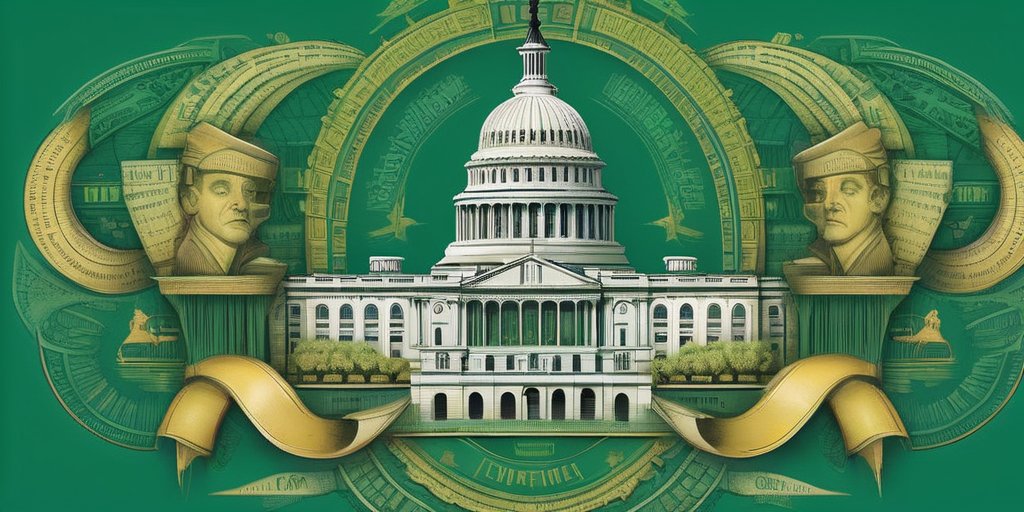The US Senate has officially begun voting on President Donald Trump’s ambitious spending plan known as the ‘big beautiful bill.’ This follows the House of Representatives’ narrow approval last month and sets the stage for a potential showdown in the Senate that aims for a vote by July 4th.
Last Sunday, the Senate opened debate on the bill in a tightly contested 51-49 vote. This split reflects a divide within the Republican party, as two Republican senators, Thom Tillis of North Carolina and Rand Paul of Kentucky, opposed the motion. Tillis publicly criticized the legislation for not adhering to promises made to voters, emphasizing that many elected officials have lost sight of their constituents’ needs. Paul, on the other hand, raised concerns regarding increased debt and the proposed cuts to Medicaid, a crucial program for many low-income and disabled citizens.
As senators prepare for a potentially grueling 20 hours of debate, the main contention lies in the proposed cuts to welfare programs in exchange for extending $3.8 trillion in tax breaks, a cornerstone of Trump’s economic agenda. This legislation promises to include significant tax deductions, such as for Social Security benefits, and abolishing taxes on overtime pay and tips – measures that Trump ardently campaigned for in previous elections.
However, the cost of these tax cuts comes with a hefty price tag; estimates suggest that the Senate’s version of this bill could add $3.3 trillion in debt. This concern resonates especially among conservative factions within the party, given that the national debt has escalated to a staggering $36 trillion, with warnings from Treasury Secretary Scott Bessent indicating potential payment difficulties as early as August if the debt limit is not addressed by mid-July.
As the Senate gears up for the full vote, Republican leaders can afford only three defections to pass the bill. Should they lose three votes, Vice President JD Vance would need to step in to break the tie. Following the Senate’s decision, the bill will be sent back to the House, which may require another closely contested vote due to a shared frustration with the Senate’s proposed changes. Democrats across both chambers have largely objected to the cuts in spending while Republicans remain sharply divided over how to navigate these complex budgetary discussions.
With a substantial amount of funding at stake and various factions of the party at odds, this pivotal moment in American legislative history not only tests party unity but also the effectiveness of Trump’s policies in shaping the economic future of the country.
